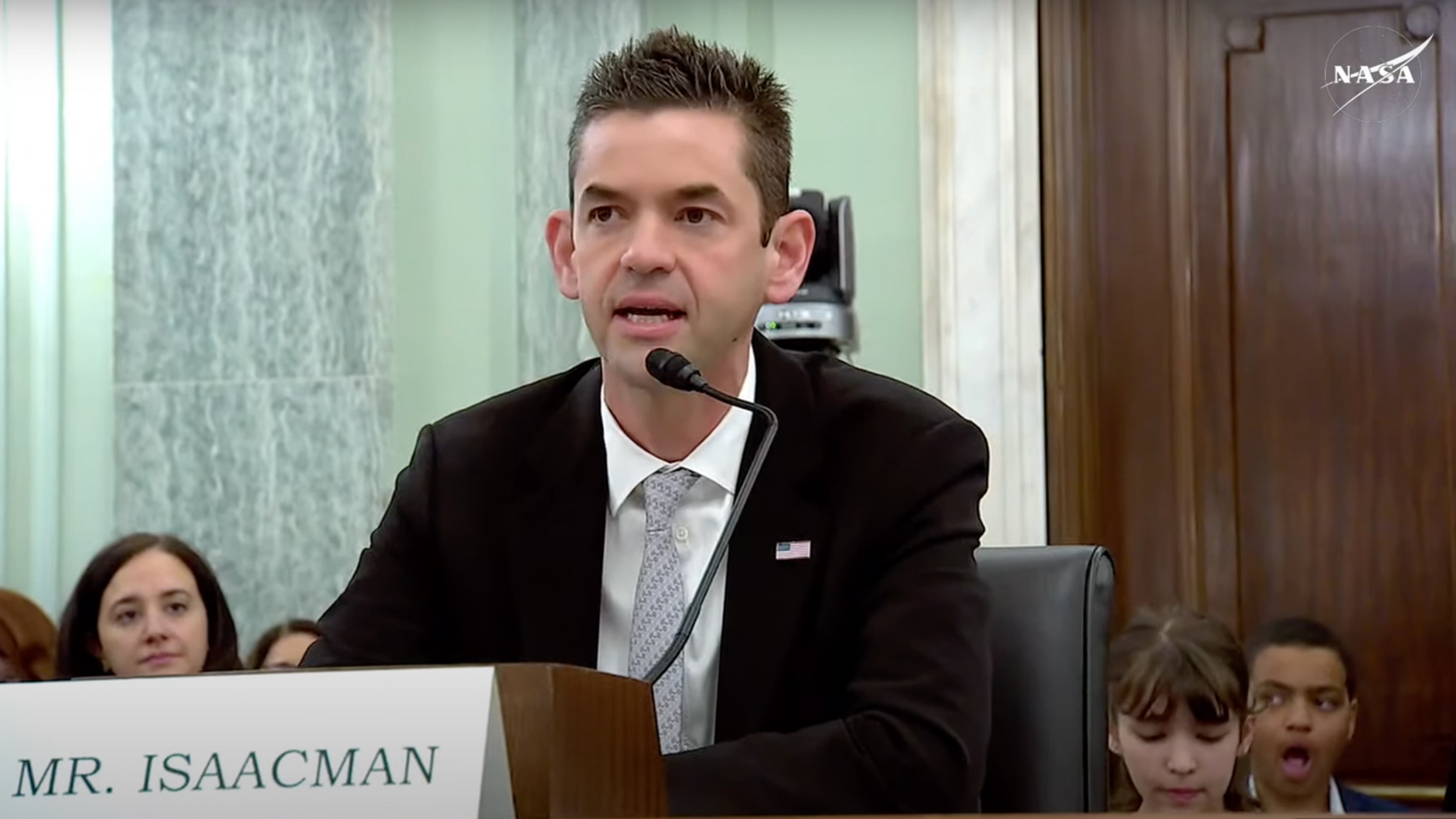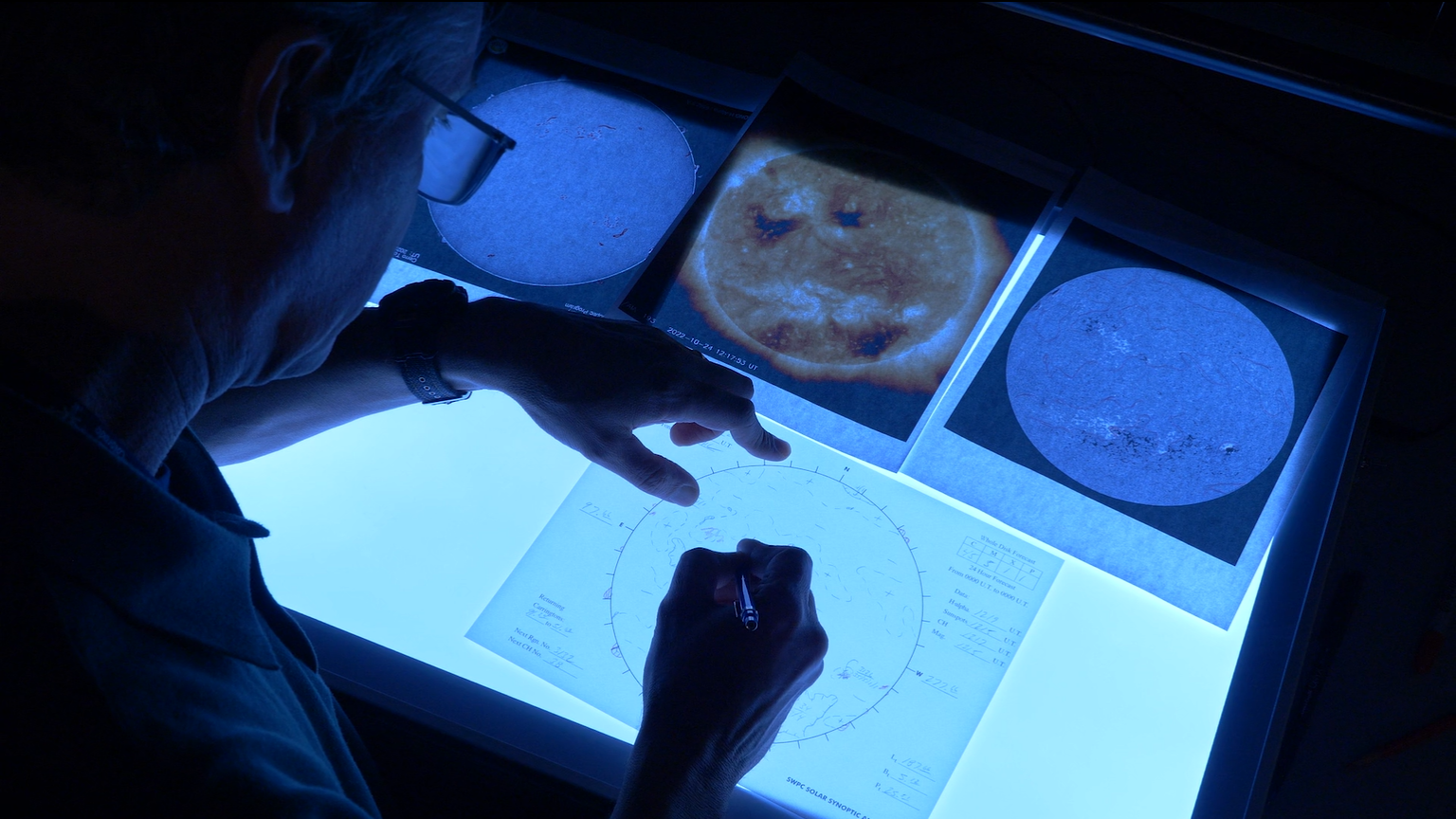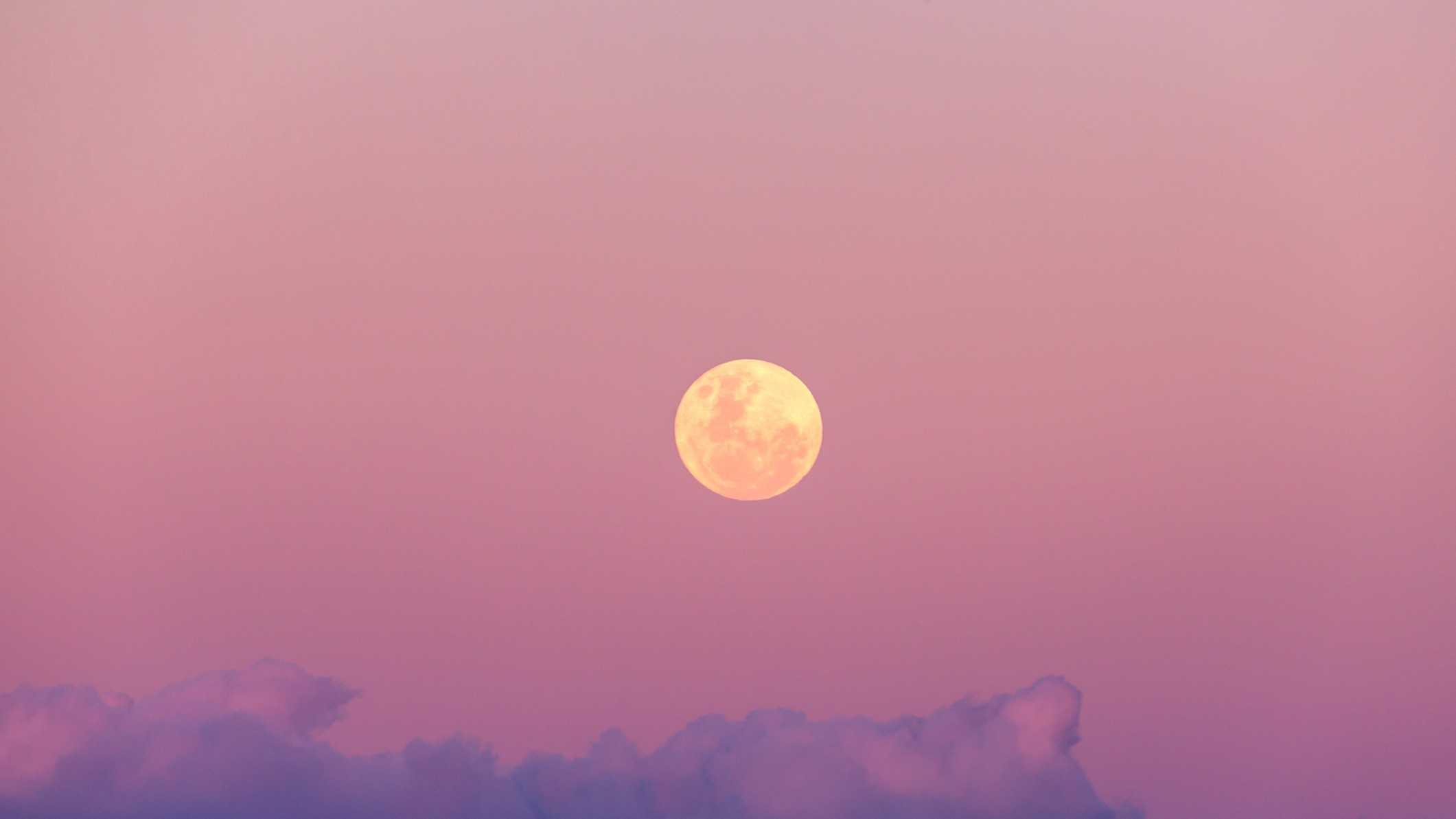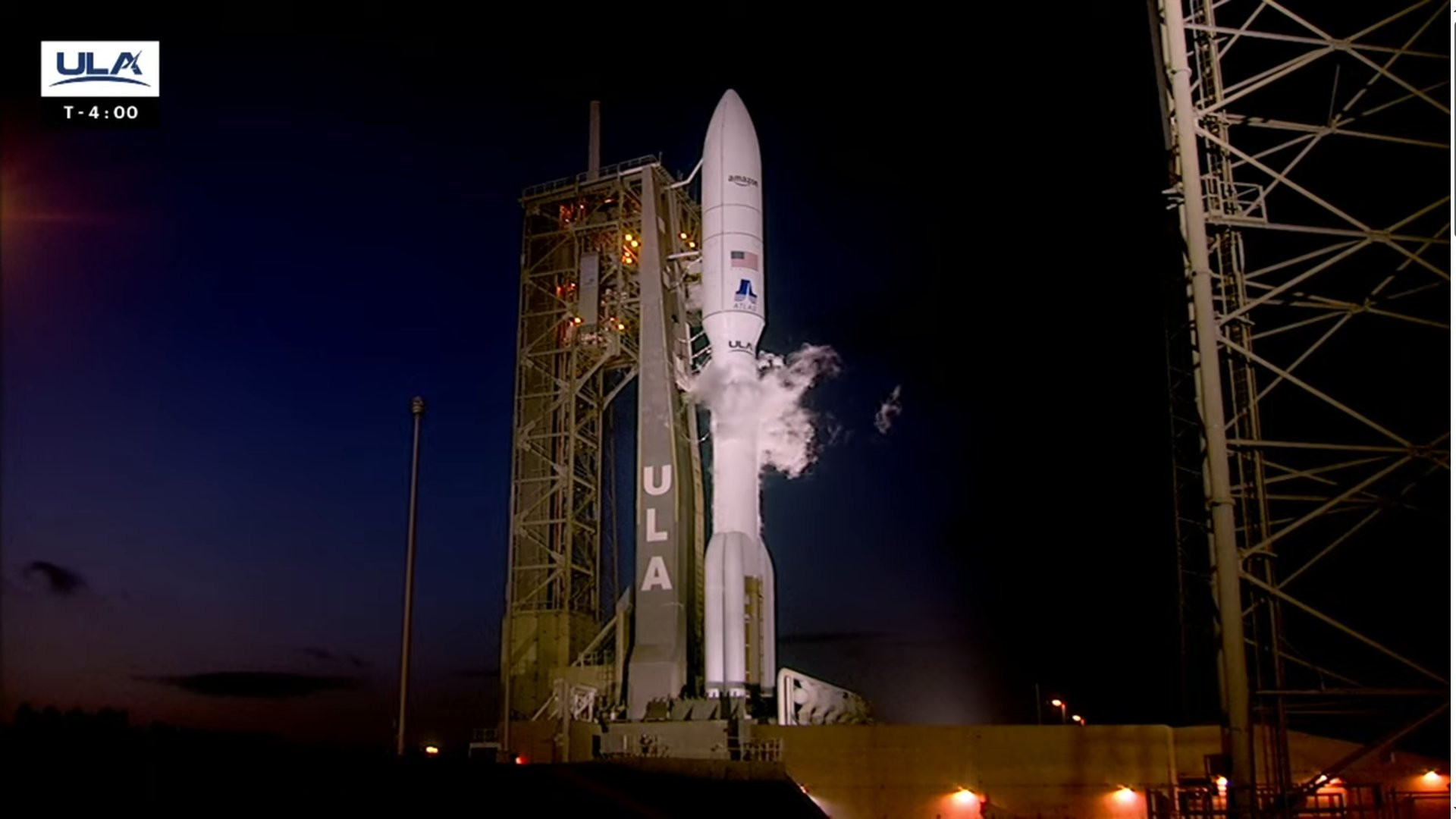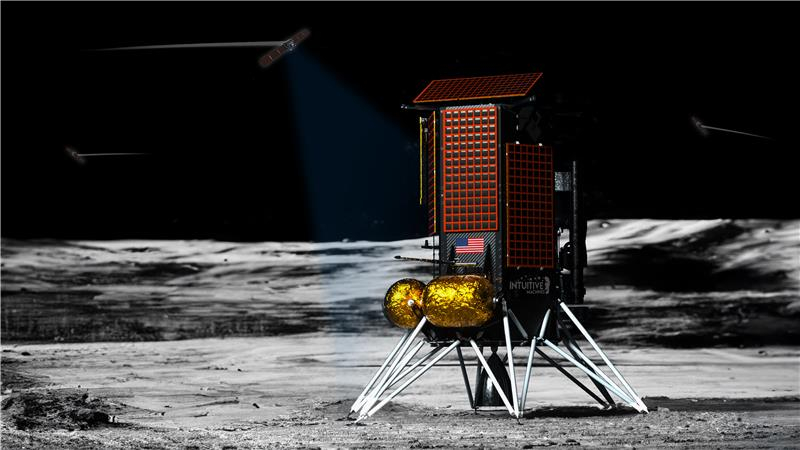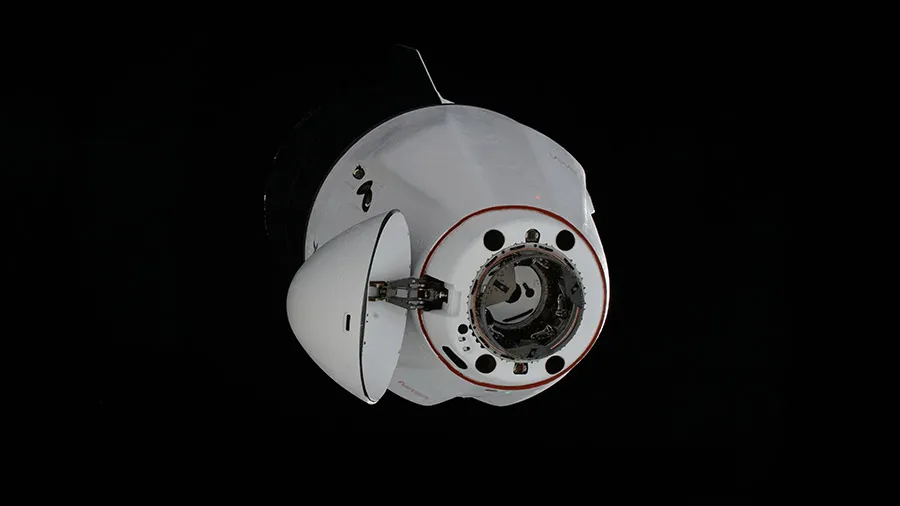Did Covid lockdowns really cause temperatures on the moon to drop?
The debate continues.
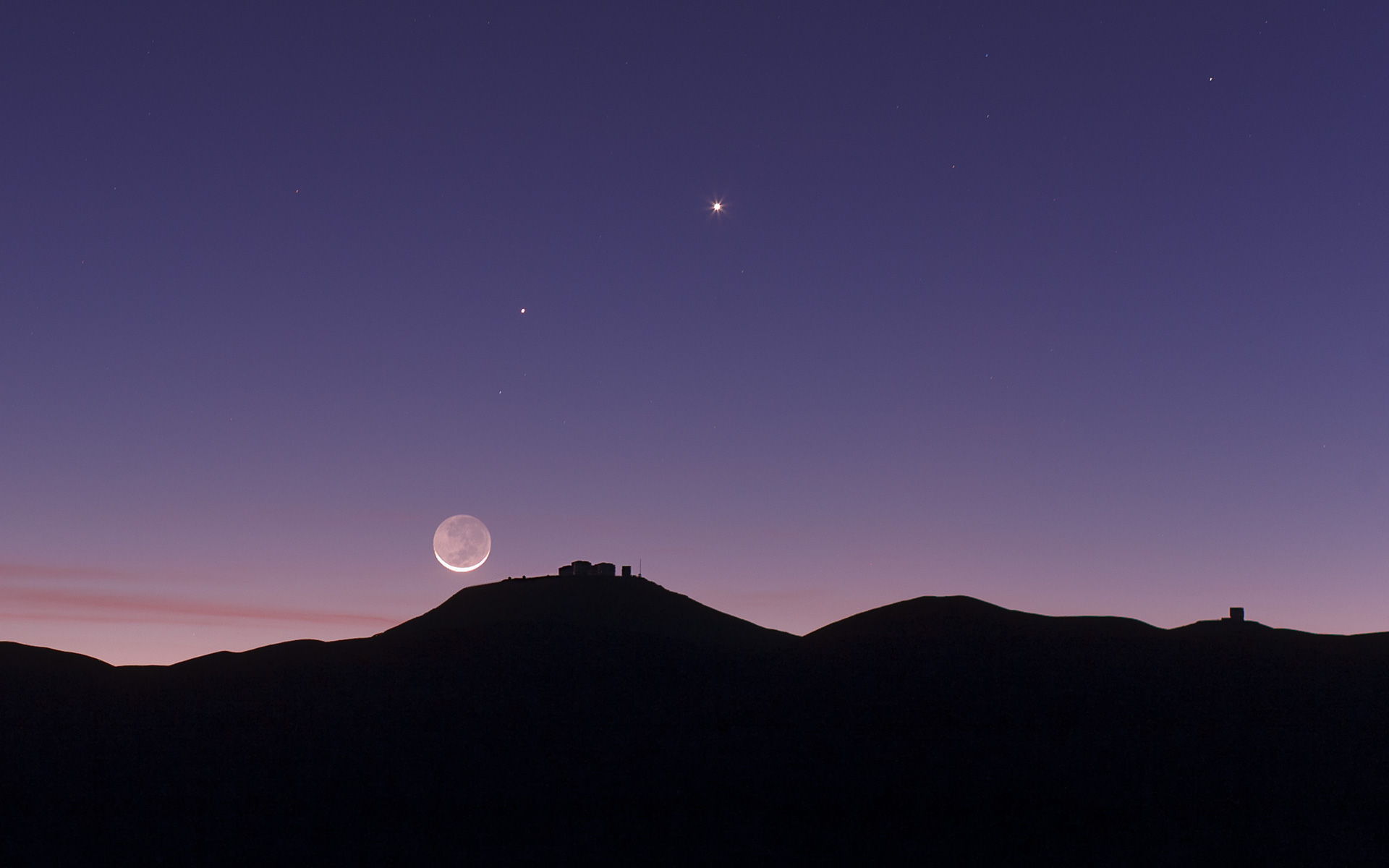
Scientists have been arguing about a curious topic recently: Did temperatures on the moon dip due to the world's Covid-19 lockdown?
Last year, a pair of researchers claimed that the shockwaves of the shutdown could be felt as far as the moon, causing a slight dip in lunar surface temperatures. Now, a new paper disputes that finding, saying that it's not possible to definitively attribute that drop to the reduction of global emissions associated with the lockdown.
After several studies revealed that the shutdown had a significant effect on air quality around the world, two researchers in India investigated whether the atmospheric changes could have had an effect on the moon.
"We thought it would be a rare opportunity to investigate the effects of [Covid] on the moon," Durga Prasad, a scientist at the Physical Research Laboratory (PRL) in Ahmedabad and lead author of the study, told Space.com by email.
Prasad and study co-author G. Ambily, also of PRL, reviewed data collected from a variety of spots near the lunar equator by NASA's Lunar Reconnaissance Orbiter (LRO). They discovered that surface temperatures dropped in the evening by 8 to 10 degrees Kelvin between April and May 2020. The duo attributed this drop to the global shutdown at the height of the pandemic.
As is often the case in science, not everyone agrees with their conclusions.
"The process in reality is very complex, and I believe not all factors were considered," Shirin Haque, a researcher at the University of the West Indies in Trinidad, told Space.com by email. Haque and her colleague presented a dissenting view of the original data. "That is what may have led them to the conclusion they arrived at."
Get the Space.com Newsletter
Breaking space news, the latest updates on rocket launches, skywatching events and more!
Related: Dramatic effect of coronavirus lockdowns seen from space
Shine your light on me
As Covid-19 emerged at the dawn of 2020, China, the country of origin, was the first to shut down some of its cities. Over subsequent months, other countries followed suit, leading to a worldwide shutdown after the World Health Organization declared the outbreak to be a pandemic in March. By June, countries had begun relaxing their grip as the world descended into what many would call "the new normal.'
Several independent studies revealed that the shutdown had a significant effect on Earth's atmosphere — a conclusion backed up by anecdotal evidence. Photographs of major cities such as Los Angeles revealed unusually clear skies during the spring of 2020. As people stayed home, the greenhouse gases created by car and air travel were dramatically reduced.
When sunlight reaches Earth, part of it is absorbed into the surface while the rest is reflected as radiation. The heated planet also emits its own radiation. Both are affected by greenhouse gases trapped in the atmosphere. Together, this emission creates a slight glow known as terrestrial radiation, or Earthshine.
During the lunar day, the moon feels the energy of both the sun and Earth. At night, with its back to the sun and its face pointed at day-time Earth, the nearside lunar surface feels only the warmth from our planet. Previous studies have shown that Earthshine can affect the lunar nighttime temperature. The process of terrestrial light reflecting off the moon was first suggested by Leonardo da Vinci.
"When aerosols are decreased, less solar radiation is scattered back to space," Prasad said.
The researchers turned to LRO's Diviner Lunar Radiometer Experiment, an instrument designed to measure temperatures on the lunar surface. They found six sites on the nearside of the moon with similar roughness and brightness values, all near the equator, to minimize how much radiation directly hit the moon. The temperatures were taken between 10 p.m. and 4 a.m. local time on the moon in order to minimize the amount of leftover heat the surface had absorbed during the day. Temperatures were taken from 2017 to 2022 — multiple years on either side of the lockdown peak of April to May 2020.
"Six months is a good span of data for interpretation," Prasad said. The results were published last September in the journal Monthly Notices of the Royal Astronomical Society (MNRAS).
Related: New moon glows with 'Earthshine' in incredible time-lapse photo series
Same data, different interpretations
But it's not an open-and-shut case.
Haque was sent the article by a friend, who wanted to know if the finding was true.
"My initial reaction was one of surprise, and I assumed it was published in a suspect forum — but it was in a leading astronomy journal," she said.
Haque began to discuss the new result with other astronomers. "Everyone's initial reaction was one of disbelief and suspicion," she said. So she and colleague William Schonberg, of the Missouri University of Science and Technology, decided to look into the new results, as "we both found it too incredible to be true."
Their findings were also published in MNRAS, in January 2025.
Whether Earthshine heats up the lunar surface was not in doubt — that process had been documented by earlier research. Haque and Schonberg also observed the drop in surface temperature over the nights between April and May 2020. What they question is the role of the worldwide shutdown in that cooling.
They pointed to the timing of the temperature drop. While the Prasad-Ambily paper highlights the measurements taken between April and May, the Haque paper notes that the temperature starts to drop in 2019, before the worldwide lockdown took place. The drop is gradual, they argue, not sudden.
Prasad disagrees.
"Schonberg and Haque have claimed that the temperature began dropping earlier by visually analyzing the trendline" on a figure in the Prasad-Ambily paper, he said. That trendline is plotted only for visual clarity and is an averaged interpolation of all observations. What is more important, he said, is the clusters of data during April and May.
"It is not a decrease but a sudden drop," Prasad said. "The authors have misunderstood/misinterpreted the representation of our data."
In their research, Schonberg and Haque noted that there was no information on how the trendline itself was obtained, which they called "unfortunate." Furthermore, they pointed out, "if the trendline was potentially misleading, then they should not have included the trendline."
The new paper also pointed to another significant temperature drop in 2018, one that Prasad and Ambily had also noted. That drop clearly wasn't related to the Covid shutdown, and the authors suggested that it could be significant.
Prasad emphasized that his and Ambily's paper only analyzed the period during the lockdown and was not concerned with the earlier cooling. "Our analysis is particularly focused only on the April-May period of all the years, since it was the strict lockdown period in 2020," he said.
"We believe that it is not possible, at this time, to state with any amount of certainty, that the temperature dip we all observed as being the result of decreased human activity on Earth during the Covid-19 lockdown," Shonberg said. "We believe it's a matter of correlation being confused with causation."
Related: Air pollution levels will bounce back as Covid-19 restrictions loosen, scientists say
Prasad and Ambily stand behind their interpretation of the data.
"We never mentioned that the observation is only due to Covid lockdown," he said. "As we did not find any other reason supporting this unique observation, we have attributed that Covid lockdown seems to be the most plausible reason."
Haque and Schonberg said they appreciate that their colleagues are open to other causes. However, they said that the very title of the original article — "Effects of Covid-19 global lockdown on our moon" — appears to negate that uncertainty.
"The title of their work does not appear to convey the sense of uncertainty that they would seem to prefer that readers take from their article," Haque and Shonberg said. The conclusion also appears unambiguous, claiming that the dip in lunar temperature "clearly" relates to a global lockdown, they added.
Prasad emphasized that future studies are needed to better understand the results of their observations.
"In the absence of any other concrete explanation for the observation of anomalous dip coinciding exactly with that of the strict lockdown period, Covid 19 lockdown is likely to be the only cause," he said.
Join our Space Forums to keep talking space on the latest missions, night sky and more! And if you have a news tip, correction or comment, let us know at: community@space.com.

Nola Taylor Tillman is a contributing writer for Space.com. She loves all things space and astronomy-related, and enjoys the opportunity to learn more. She has a Bachelor’s degree in English and Astrophysics from Agnes Scott college and served as an intern at Sky & Telescope magazine. In her free time, she homeschools her four children. Follow her on Twitter at @NolaTRedd
-
billslugg The paper posits that "shock waves" travel to the Moon. Waves of what? Waves in the air? There is no air between us and the Moon. Earthshine? And they claim a 20 degree change in temperature? My skepticism is unbounded.Reply -
Helio Nice to see dissension in action. An 8K to 10K decrease is a strange claim.Reply
Jet contours would have contributed to a micro-reduction in temp. perhaps, but only during reduced air traffic.
